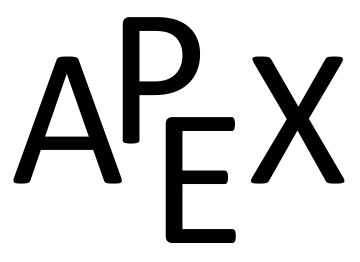To compute the volume it is natural to use the Disk Method. We have:
\begin{align*}
V \amp = \pi\int_1^\infty \frac{1}{x^2}\, dx\\
\amp = \lim_{b\to\infty}\pi\int_1^b\frac{1}{x^2}\, dx\\
\amp = \lim_{b\to\infty} \left.\pi\left(\frac{-1}{x}\right)\right|_1^b\\
\amp = \lim_{b\to\infty} \pi\left(1-\frac1b\right)\\
\amp = \pi \,\text{units}^3\text{.}
\end{align*}
Gabriel’s Horn has a finite volume of
\(\pi\) cubic units. Since we have already seen that regions with infinite length can have a finite area, this is not too difficult to accept.
We now consider its surface area. The integral is straightforward to setup:
\begin{align*}
SA \amp = 2\pi\int_1^\infty \frac{1}{x}\sqrt{1+1/x^4}\, dx.\\
\end{align*}
Integrating this expression is not trivial. We can, however, compare it to other improper integrals. Since \(1\lt \sqrt{1+1/x^4}\) on \([1,\infty)\text{,}\) we can state that
\begin{align*}
2\pi\int_1^\infty \frac{1}{x}\, dx \amp \lt 2\pi\int_1^\infty \frac{1}{x}\sqrt{1+1/x^4}\, dx \text{.}
\end{align*}
By
Key Idea 6.8.17, the improper integral on the left diverges. Since the integral on the right is larger, we conclude it also diverges, meaning Gabriel’s Horn has infinite surface area.
Hence the “paradox”: we can fill Gabriel’s Horn with a finite amount of paint, but since it has infinite surface area, we can never paint it.
Somehow this paradox is striking when we think about it in terms of volume and area. However, we have seen a similar paradox before, as referenced above. We know that the area under the curve
\(y=1/x^2\) on
\([1,\infty)\) is finite, yet the shape has an infinite perimeter. Strange things can occur when we deal with the infinite.

